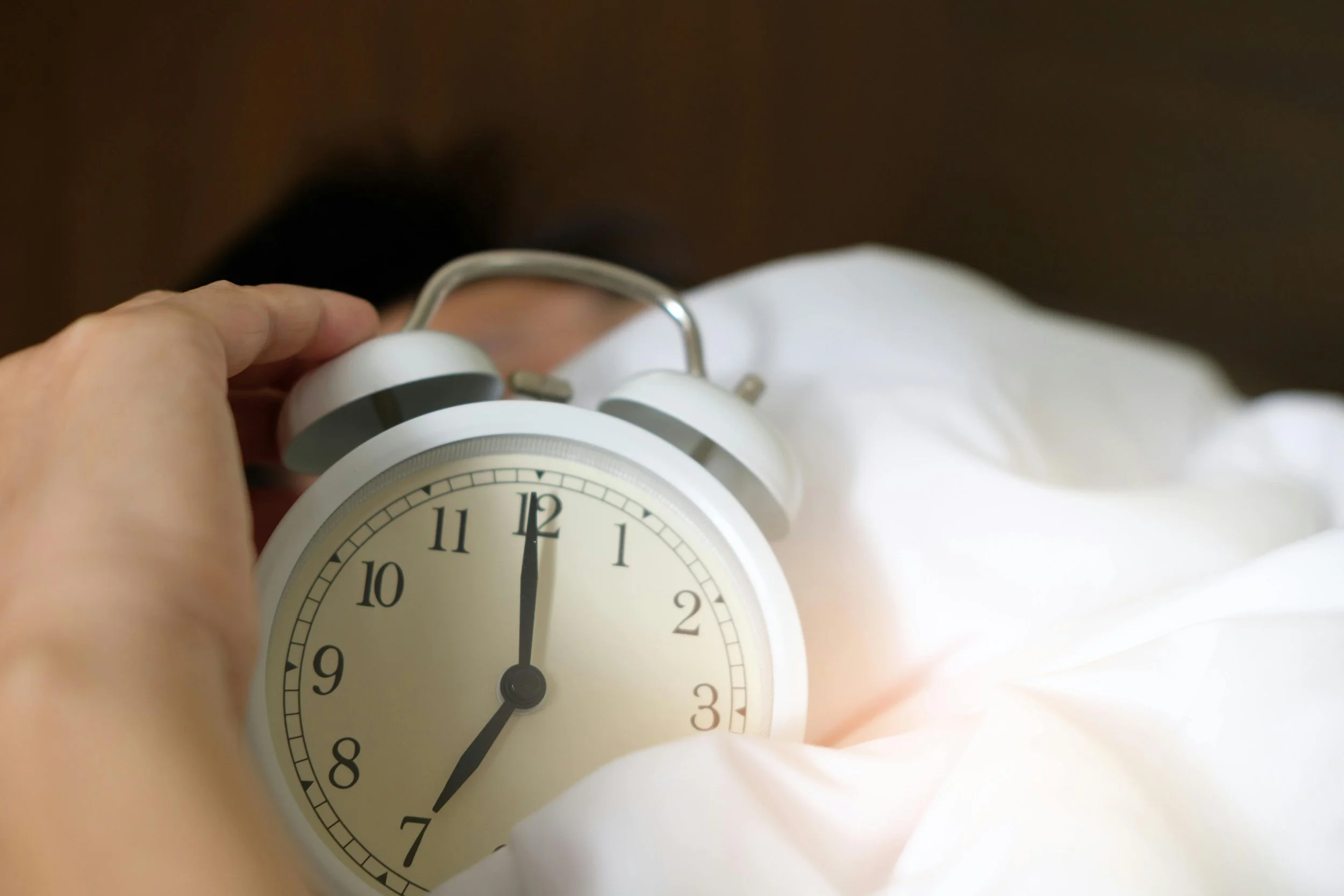Massage Therapy for Sleep: Does It Even Work?
If you’ve ever spent the night staring at the ceiling, mind racing while the hours slip by, you know how exhausting insomnia can be.
In medical terms: it sucks.
Sleep troubles affect nearly everyone at some point, and when they become chronic, they can take a toll on every part of your life—your energy, nervous system, focus, and especially your mood.
While most people think of massage therapy as a way to ease sore muscles, it can also be a powerful tool for improving sleep.
Through both firm and gentle techniques, massage helps calm the nervous system, reduce anxiety, quiet the mind, and prepare the body for the rest it’s been missing.
An alarm clock being snoozed.
The Connection Between Massage and Better Sleep
One of the main reasons massage helps with insomnia is its ability to reduce stress. When we’re under constant pressure, our bodies produce higher levels of cortisol, the stress hormone that keeps us alert and tense.
Massage therapy naturally lowers cortisol levels and encourages the release of serotonin and melatonin—two key hormones that regulate mood and sleep cycles.
That’s a lot of big words. But what else?
Massage also improves circulation and releases muscle tension, which can make it easier to relax physically.
Essentially, when your body feels at ease, your mind often follows. Over time, regular sessions can help train your body to shift more easily into a state of rest— almost like a magic trick for your brain.
A woman sleeps soundly.
What to Expect in a Massage Session for Insomnia
If you’re seeking massage specifically to improve sleep, your therapist will likely use calming, rhythmic techniques such as Swedish massage or gentle myofascial release. The goal isn’t deep pressure but deep relaxation.
Soft lighting, slow breathing, and a quiet environment all help signal to your nervous system that it’s safe to rest. Some clients even drift off during their sessions, while others report sleeping more soundly that same night due to a higher production of melatonin in the body.
Supporting Sleep Between Sessions
Massage can be even more effective when combined with good sleep hygiene habits. Try creating a consistent bedtime routine, limiting screen time before bed, and avoiding caffeine late in the day. Many therapists also recommend gentle stretches or breathing exercises before sleep to maintain that sense of calm from your session.
A Natural Way to Restore Rest
Insomnia can be a complex issue with many causes, but massage therapy offers a gentle, noninvasive way to help the body and mind reset. It doesn’t just address the symptoms of sleeplessness. It supports the entire nervous system that allows you to rest and recover.
If you’ve been struggling with restless nights, consider incorporating massage therapy into your self-care routine. Sometimes, all your body needs is a quiet space, a caring touch, and permission to truly relax.
But What Are the Actual Statistics? Does Massage Therapy Actually Improve Sleep?
The short answer is yes: According to MDPI, sleep efficiency increased by about 10.8% and sustained sleep efficiency by about 6.96% for the massage condition. Total sleep time over 5 days under relaxation massage averaged ~539.75 minutes, compared to ~486.2 minutes under control (no massage) conditions.
Just five more minutes!
While it may not seem like much, that’s pretty good data— better, even, than some pharmaceutical drugs. With the added benefit of not having uncomfortable side-effects.
So, if you’re struggling with sleep— or just need another excuse to get a relaxing massage, it’s definitely worth a shot.
A dog sleep cozily.


